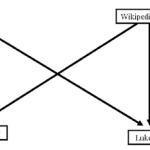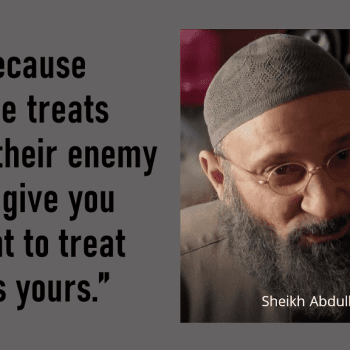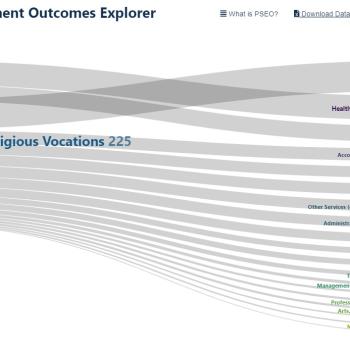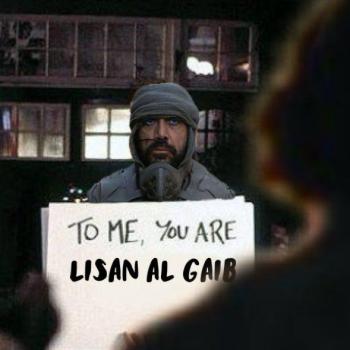There is an exciting new Global Faith And Media Study that has been released, gathering perspectives from journalists and the public all over the world in order to assess the current situation when it comes to reporting on religion.
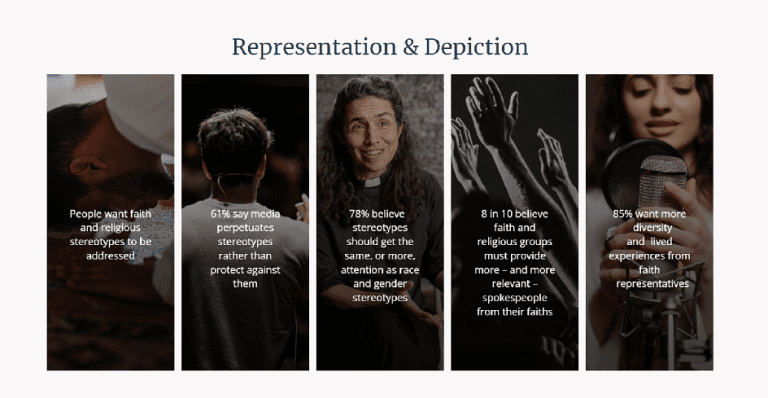
As I began to take a look at the data, as well as the public-facing summary of it in infographic form, I immediately experienced two different reactions. On the one hand, my worst fears about trends in journalism and media coverage of religion were confirmed. There is a tendency to ignore religion unless an extreme view is expressed or an immoral act is committed. Controversy gets clicks and there is thus pressure to ignore the mainstream. This is not the media’s fault, I hasten to add. You and I are the ones who choose what to click on. Collectively the readers of news send a message about what we want to hear.
Respondents to surveys indicated that “the media’s current approach to faith related coverage creates unease and anxiety” (43%) and “the media perpetuates faith-based stereotypes rather than address and protect against them” (61%). It is striking that people want stereotypes challenged, and I immediately wondered whether the responses included both Sikhs tired of being mistaken for Muslims and conservative Christians who want the “liberal media” to stop depicting them as narrow and bigoted. Also mentioned is that budgetary constraints mean that a news outlet is less likely to have a specialist in religion on staff and thus it will be a generalist who will cover religion-related news.
Journalists often contact people like me to get an expert perspective on recent events. However, without a certain level of prior knowledge there is a reasonable chance that what I say to a journalist will lose its precision and perhaps even its essence as it gets turned into sound bites that can be quoted in an article. Some loss of nuance is inevitable, whether a journalist quotes me or I write for a general audience myself. The less expertise a journalist has in a given area, however, the more likely that they will rely on their own piecemeal knowledge and/or be influenced by widely-held assumptions–which in turn perpetuates and reinforces those stereotypes. Those who are aware of their limitations may not report on religion out of a fear of getting things wrong. Even when reporting may be considered accurate, journalists are often turned off by the potential of politicized readers and listeners to respond negatively even so, not because the coverage is biased but because the media consumer is.
On the other hand, my mind was blown as I noticed details in the data, such as how similar China and the United States are in terms of percentage of the population who consider themselves devoutly religious, and in terms of how many consider themselves secular. Now, when looking at reporting about survey results, it is always crucial to ask how a question on a survey was worded. The word “religion” is hard to define, and related terms in another language often have different connotations. Indeed, more than one word in the Greek New Testament has been translated into English as “religion” or “religious” and the nuances differ significantly between what the English word covers and what the Greek does.
If a survey question was posed in terms of “belief system” or “worldview” then some in China may have responded with their devotion to the Communist Party in mind–not necessarily because that is their deep genuine conviction, but because it is not safe to give a different answer. Also, when people in the United States were asked, those who attend church regularly but whose lives are largely unaffected the rest of the week, and those who attend church rarely but actively express their faith in concrete ways, may have given the same answers.
One of the details that is either hopeful or discouraging is the way that global celebrations of faith make for spectacular photos, which can attract engagement. This includes great art but even more so those times when people gather to celebrate such as the Hajj.
In other words, the thing that the pandemic and modern technology have discouraged us from doing, namely gathering together in large numbers, is an essential source of positive engagement between religion and media, one of the few that remains. If it too is lost, the media landscape of religion coverage becomes bleaker still. On the other hand, I suspect that genuinely new ways of doing things and creative uses of technology can make for good news stories too, even if they will only be of passing interest and thus do not make for sustained engagement. (I wish a sci-fi short story of mine was already published that explores the intersection of religion, technology, and the media. It will appear in the anthology A Hero of a Different Stripe early in 2023.)
The news about social media is also a mixed bag. It increases reach but also leans heavily towards the sensational and the polarized. One good point is that there is increased room for reporting on the inaccurate stories circulating on social media! On the other hand, responses to misinformation often fail to stem the tide of its circulation or diminish the credence it is given.
Also striking is the extent to which the moderately religious are outliers, less eager to see greater coverage of diverse religious perspectives, and less likely over all to engage with religion reporting, than either those who are highly religious or those who are highly secular. I find myself wondering whether those who fall into the category of Christian nationalism, with a strong allegiance to Christianity as a brand name but radically ignorant about Jesus and his teachings, are among those who self-identified as very religious.
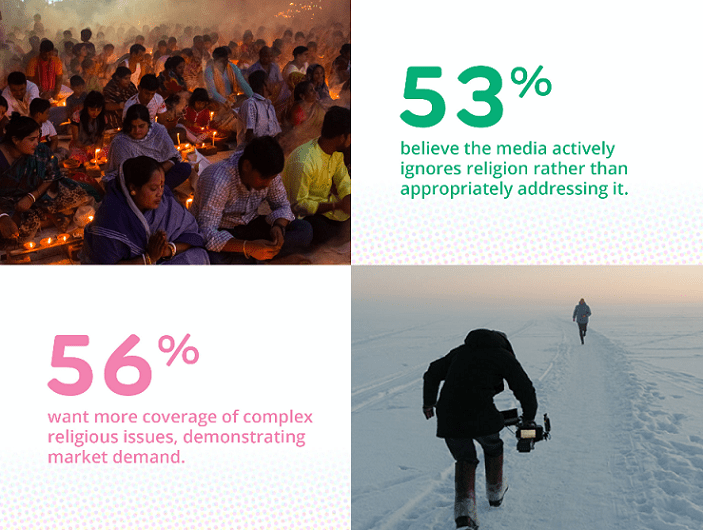 The way forward for the media and religions is less clear, but this study should encourage and lead to some new initiatives. Figuring out how religious groups can improve the flow of information from themselves to the wider public is a key point. But from my perspective there is more of a need for journalists to turn to the best existing sources, whether university experts who engage not only in high quality research but in public scholarship, the Baptist Joint Committee for Religious Liberty, or other entities that already exist and are trying to make better information and more accurate perspectives available. Perhaps there is an insight to be gleaned from the world of education. As many smaller colleges close and many universities cut programs with low enrollment, there is an opportunity for those who create high quality course materials at one institution to have them utilized by another. How that can be compensated fairly, the provision of people who can at least grade coursework locally, all need to be sorted out.
The way forward for the media and religions is less clear, but this study should encourage and lead to some new initiatives. Figuring out how religious groups can improve the flow of information from themselves to the wider public is a key point. But from my perspective there is more of a need for journalists to turn to the best existing sources, whether university experts who engage not only in high quality research but in public scholarship, the Baptist Joint Committee for Religious Liberty, or other entities that already exist and are trying to make better information and more accurate perspectives available. Perhaps there is an insight to be gleaned from the world of education. As many smaller colleges close and many universities cut programs with low enrollment, there is an opportunity for those who create high quality course materials at one institution to have them utilized by another. How that can be compensated fairly, the provision of people who can at least grade coursework locally, all need to be sorted out.
The main point is that there is increasing opportunity for one individual’s expertise to benefit a larger audience, if we can combine the increasing availability of high quality content with appropriate means of making that content available.
Just as a university gains little by directing students to an online course at another institution, a media outlet may benefit little by reproducing information that is already available online in many places. In other words, perhaps the most crucial aspect of figuring out how to improve religion reporting going forward is figuring out a viable model for revenue so that those who disseminate information and those who provide information all get compensated in a sustainable way. I don’t know what the answer is, but I feel as though on the one hand we have moved closer to it, and on the other hand it must involve something new and innovative rather than merely doing more of what we currently are or making very minor tweaks. There was a time when there were no newspapers, and it was not all that long ago. The time when there was nothing like radio or television news reporting is even closer to our time. The media as we now know it is still relatively new.
Yet it doesn’t take too long for us to become locked into certain ways of doing things, so much so that it becomes hard to imagine an alternative. I believe that the Global Faith and Media Study offers a helpful diagnosis that is relevant to more than just reporting on religion. It provides one snapshot (the archaic metaphor is used intentionally) of where we are and a wonderful opportunity for creative thinking about where things can go. The media can still provide people with what they want and need, but just as there was a time when no one thought they needed a newspaper or to watch the nightly news, the most exciting question is what the media can and soon will provide that we don’t yet know we need – but once we have it, we’ll wonder how we ever did without it.
Take a look at the Faith and Media Initiative website to get a sense of the results of this important study, and then move on to a deep dive into the data. What are your impressions? What points most jumped out at you? And what are your reactions to what I wrote in this blog post? Please share your thoughts!



